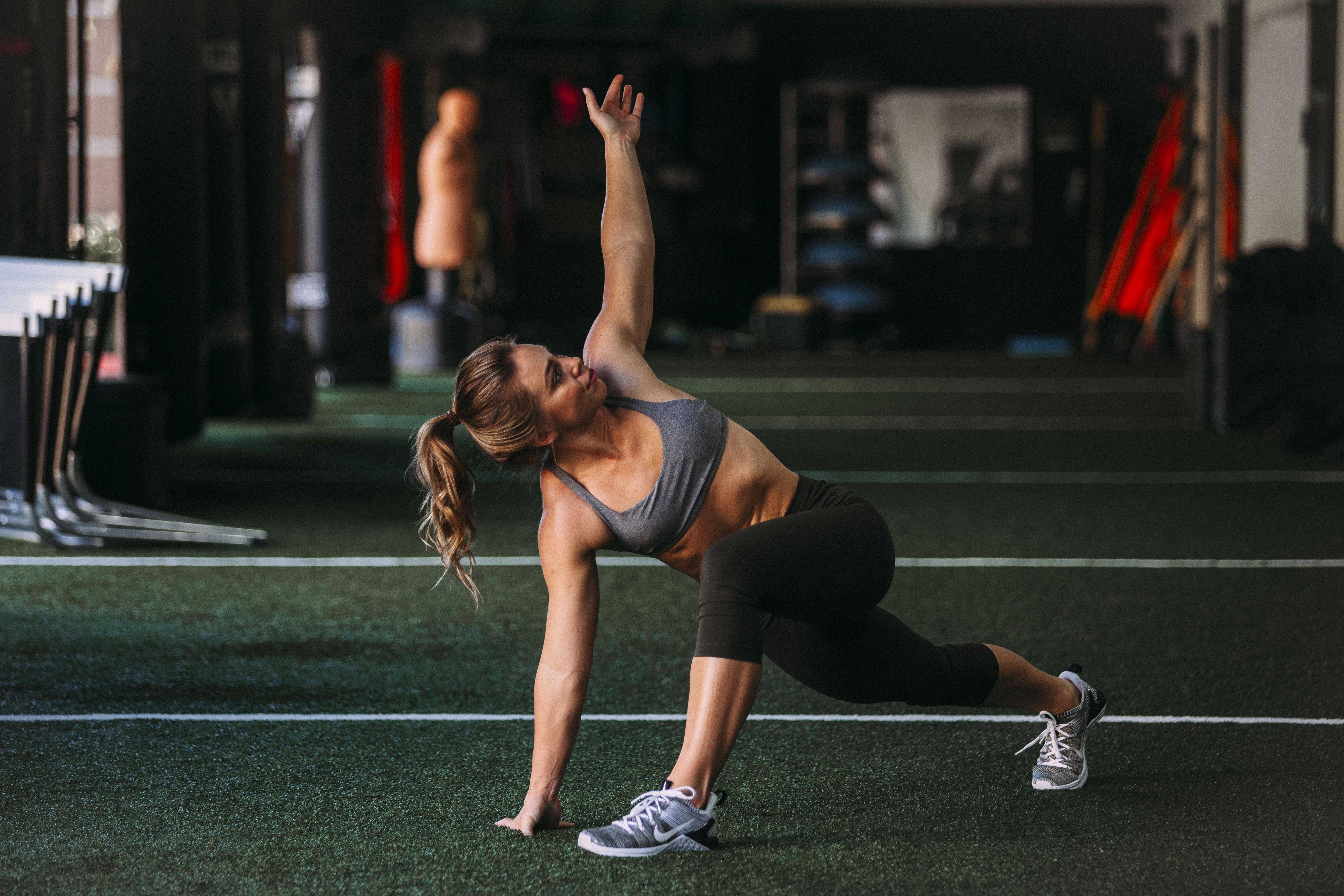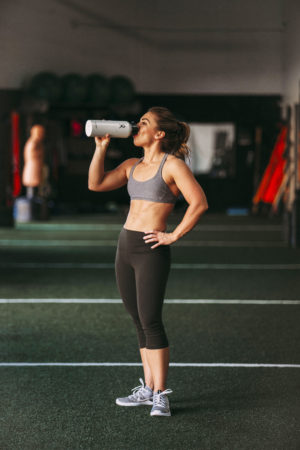Fitness Programs
Fitness programs should be tailored for the individual’s specific needs. Fitness programs provide accountability and appropriate progression. All programming, in person or online, is thoroughly planned out after initial assessments and baselines have been established. Online programming will require videos to be sent and in-person meetings on occasion, if possible, to assess personal growth. Online program design is a great option for someone who is familiar with fitness, one’s body, and is self-motivated to achieve the fitness goal(s), but needs expertise in program design. In person fitness programs are perfect for someone who may need a little more accountability, is not proficient in program design, or needs to improve complex motor skills. Coaching in person allows the coach to see one’s movement patterns on a regular basis, understand how the body reacts under resistance, and progress/regress accordingly. The desire for frequency of workouts, duration, volume, and style will all be taken into account when creating the fitness program. Goals may change throughout one’s wellness journey, the program created is flexible based on wants and needs.
Types of Program Design
Dynamic Fitness
Dynamic by definition means changing, active, in motion, powerful, energetic, and able to adapt. A Dynamic Fitness program will be just that. It is for the client who does not have a specific weight loss, sport, or competition related goal. Their goal is to be the fittest version of themselves. This type of program will assess their current abilities and create a program that can increase his or her strength, aerobic capacity, mobility, endurance, etc. through proper progressions. The Dynamic Fitness program allows you to train for life and longevity. This program has the flexibility to incorporate his or her favorite outdoor hobbies, activities, etc.

Crossfit, Olympic Lifting,
& Functional Body Building
CrossFit, Olympic Lifting, and Body Building clients all have one thing in common. They have a very specific end goal. This style of athleticism requires a fitness program specifically tailored to the athlete or individual. It is common for Personalized Program Design to be the delivery method versus 1:1 personal training.
CrossFit is, notoriously, “constantly varied” and therefore many more factors are involved with making sure one’s training is up to par: Olympic lifts, strength, power, endurance, gymnastics, aerobic capacity, etc. must all be proficient under high intensity for the level of competition.
An Olympic lifting program is designed to increase maximum strength in the competition lifts: the snatch and clean and jerk lifts. Training to improve his or her total is the goal. An Olympic lifting program will focus on specific drills relating to the major lifts and raw strength. Accessory work is included in this program.
Functional body building is considered a style of workout or also an aspiration to compete in a show. These programs largely focus on developing one’s musculature. Their strength will improve if following a body building fitness program. Maintaining functionality, mobility, and aerobic capacity is also a goal. The program is designed to enhance specific muscle groups throughout periodization.
Weight Loss
A weight loss program will predominantly be programmed on establishing and increasing the client’s aerobic base, zone 1 and zone 2. Simultaneously working on strength and resistance training too. It will address mobility, flexibility, movement patterns, and possible corrective exercises if needed to ensure that the “base” is balanced and strong before increasing the load and volume. Success of a weight loss program is not exclusive of only a fitness program. Improving any hormonal imbalances, optimizing nutrition habits, and making positive lifestyle changes will expedite one’s weight loss success.




